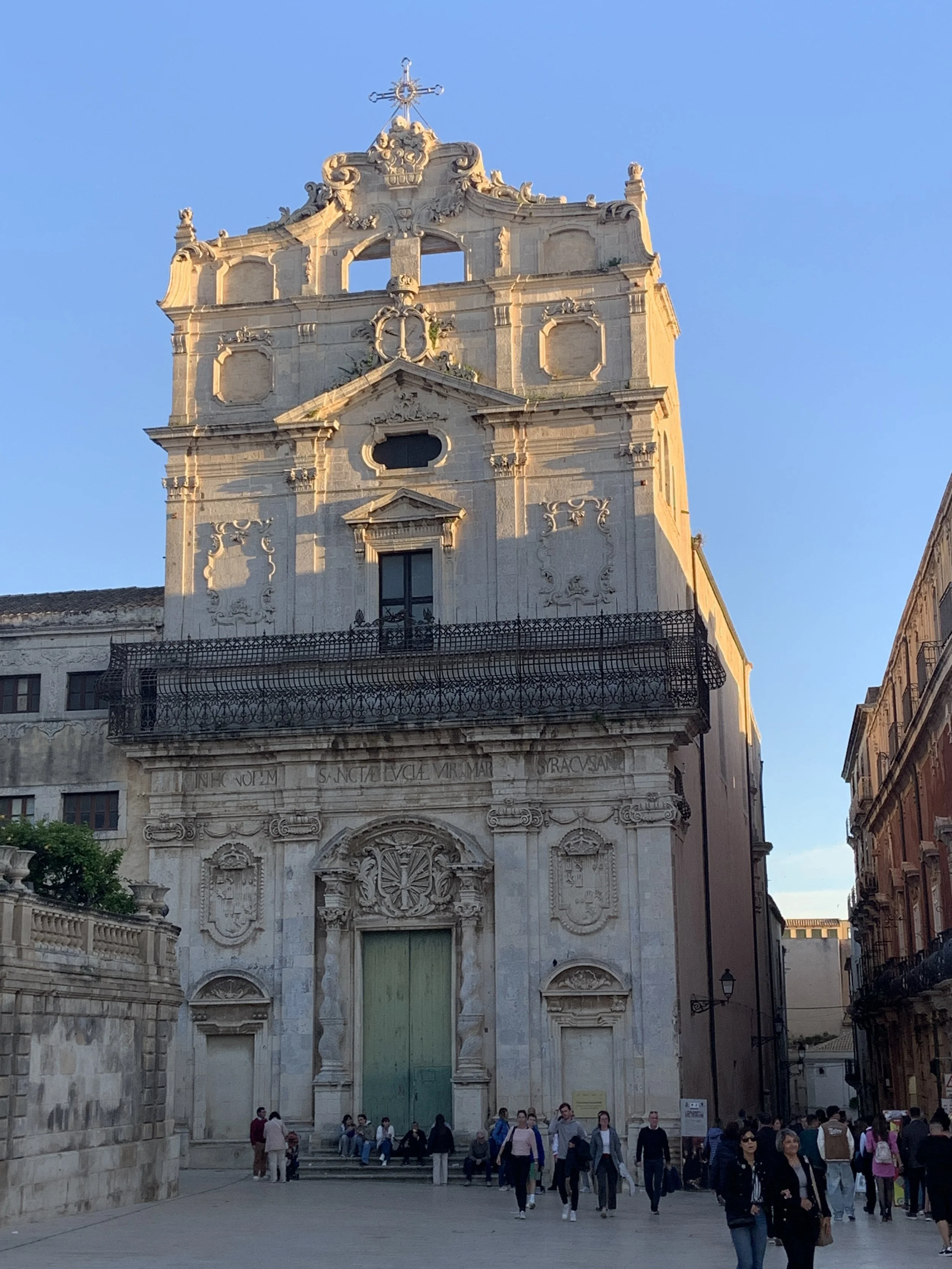Why Do People Pray To Saints?
/But with a little research it does make some sense, in a way.
First, is the understanding of who is a saint. Even the protestants believe it is anyone God has redeemed in heaven. In Catholic theology, all those God is redeeming, even in Purgatory are considered saints. Even though all are saints, some of them have been canonized for their deeds such as good works or martyrdom. The Catholic theology dictates that those who have been canonized may be a little closer to Jesus’ ear, such as His mother Mary.
Next a look at the Protestant process of prayer. We believe in the power of prayer. We pray for each other during church services, during Bible Studies, laying on hands after church services, sometimes simply walking with or calling a friend. We encourage and ask each other to pray for us. Not only do we believe prayer is answered, it is a support vehicle for organizing and understanding the issue we are praying about. We believe it also brings us together and builds the community, and the greater church.
Santa Lucìa all Badìa located on the edge of the Piazza Duomo on the island of ‘Ortigia in Syracuse is just down the plaza from the Cathedral of Syracuse. The church, dedicated to St. Lucia has been present with a monastery since the mid 15th century. The church has been deconsecrated and is now used to host special events.
The Protestant approach to saints is little more complex. While none of the different faiths hold the saints in heaven as equal to God, most believe that just to be in heaven with God holds some level of sainthood. Among those who recognize saints are the Catholics, Episcopalians, Anglicans, Oriental Orthodox and Lutherans. For some theologies, saints can be held as an example of a way to live a full and useful life to God.
About the saints in the Catholic Church. The Saints have no power, but they do provide us with examples of trust, dedication and belief in our faith. Only God/Jesus has the power to intervene in our lives in answer to prayer. The Catholic theology believes in incorporating the support of others by asking them to include us in their prayers. The Catholic community seems to feel, if you are going to ask for help, might as well ask for help from someone who is already close to Jesus.
A Visible Dedication to Faith in Trapani, Sicily:
We saw the Processione del Muster di Trapanion Good Friday near Easter this time of year. The streets were fuller than standing room only to watch the procession of floats related to Jesus’ trial and crucifixion, and resurrection march past. The procession takes place for 24 hours marching about 6 kilometers through the streets of the Trapani old city. It takes about 5,000 people to prepare and accomplish the procession. A short slideshow link is below.
Good Friday Procession in Trapani, Italy
The Saints of Syracuse and Catania:
St. Agatha, the patron saint of Catania, Sicily protects the city against Volcanic eruptions, earthquakes and natural disasters. Almost immediately, St. Agatha’s tomb began to attract pilgrims especially because of reported healing miracles. Born around 231 CE in Catania, St Agatha as a young woman dedicated her life to the Christian God. She was very beautiful and was approached by a Roman official named Quintianus. She refused his advances, which outraged him. Quintianus arranged her punishment, which resulted in torture and her death. She was designated a martyr because she refused to renounce her faith. She is buried in Catania. A feast is held in her honor from February 3rd to 5th every year drawing large crowds of locals and visitors for the processions and celebrations.
St. Lucia was born into a rich and affluent family in Syracuse around 283 CE. When she was 5 years old her father died. Like many of the time, Lucia consecrated her life to the Christian God. In following her faith she planned to distribute her dowry wealth to the poor. Her mother Eutychia was unaware of Lucia’s plan, and was suffering with a bleeding disorder. In order to make sure her daughter was taken care of, Eutychia made marriage arrangements with a wealthy young man. Because there were rumors of miraculous healing by St. Agatha, Eutychia was convinced to make the journey to Cantania. She traveled the 50 miles up the coast and visited the tomb of St. Agatha, who had been martyred to God about 50 years before. Meanwhile St. Agatha came to Lucia in a dream. St Agatha told Lucia her mother would be healed, and Lucia would be venerated in Syracuse. Because of her healing Eutychia approved of the distribution of the dowry to the poor.
The groom was enraged with the report of jewelry and riches being distributed to the poor. The rejected groom turned to Paschasius, the local Roman governor, to take action. Lucia was sentenced to serve in a brothel. When the guards arrived to take Lucia to the brothel, she refused to go with them. When they tried to physically move her, they were unable to lift her. They decided to punish her where she lay. They decided to martyr her in place. The guards covered her with wood, but when they tried to start the fire, the wood would not burn. Eventually she was stabbed with a sword.

